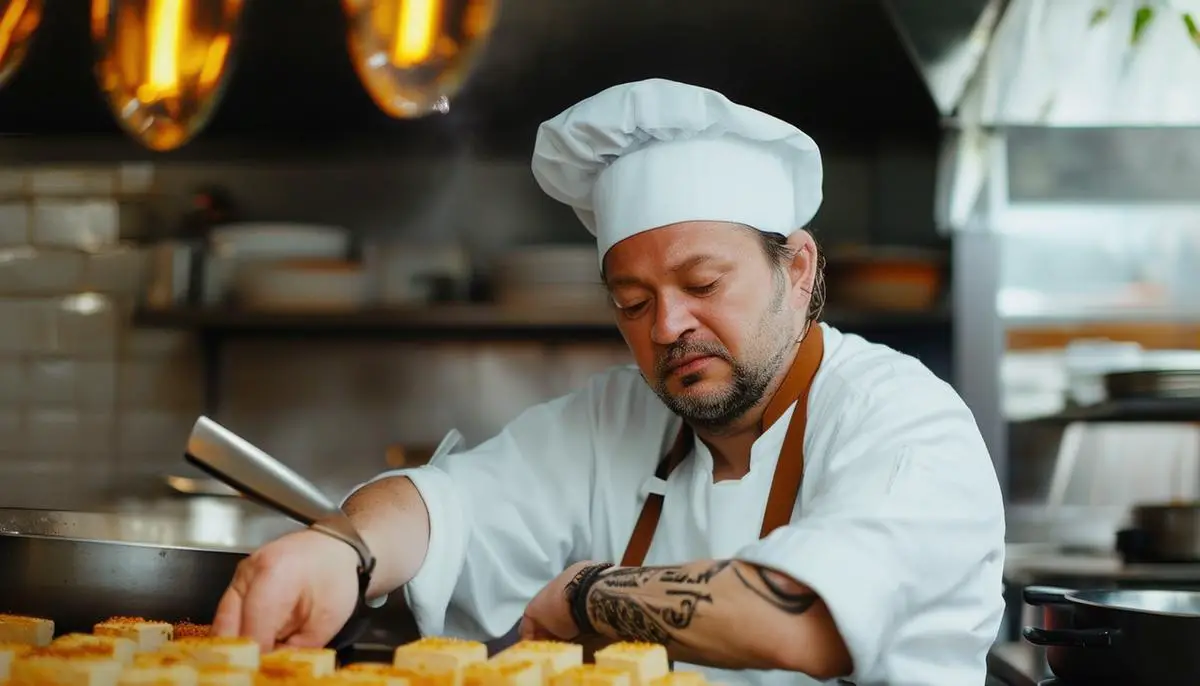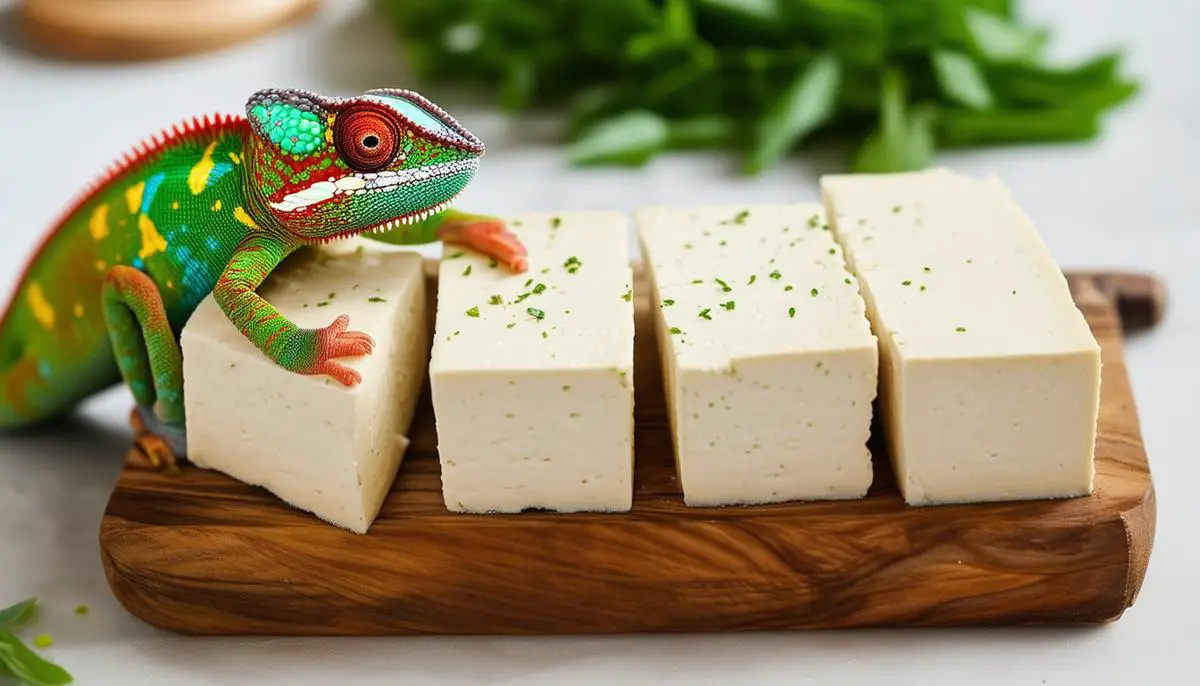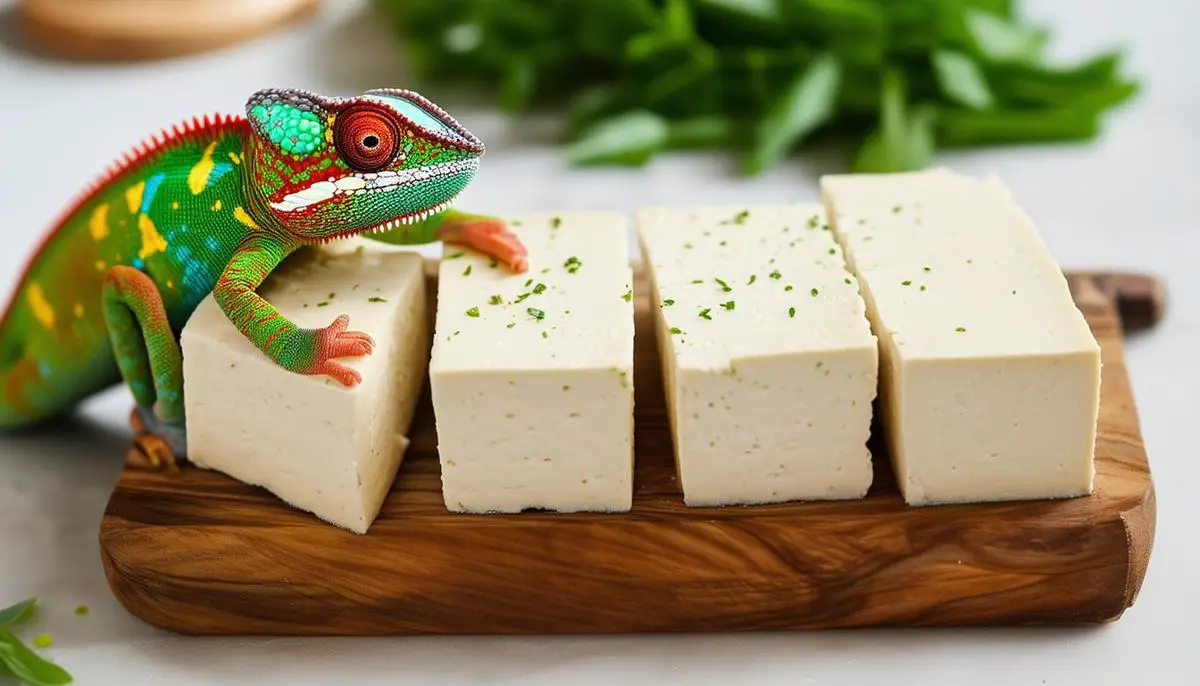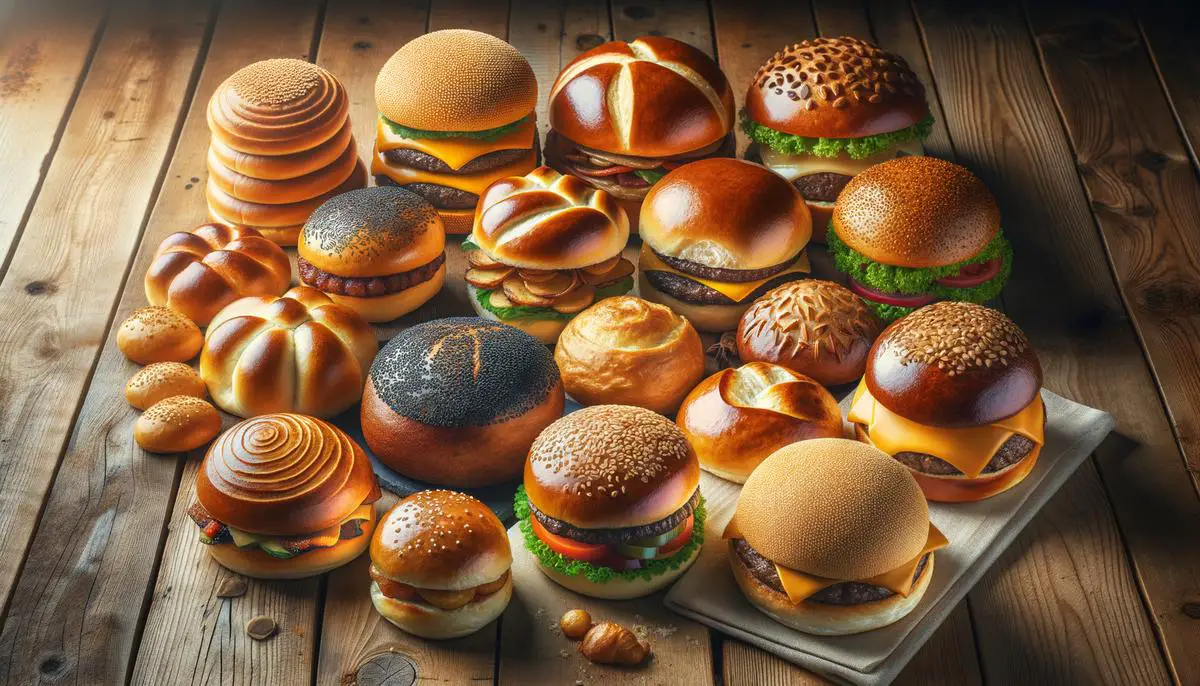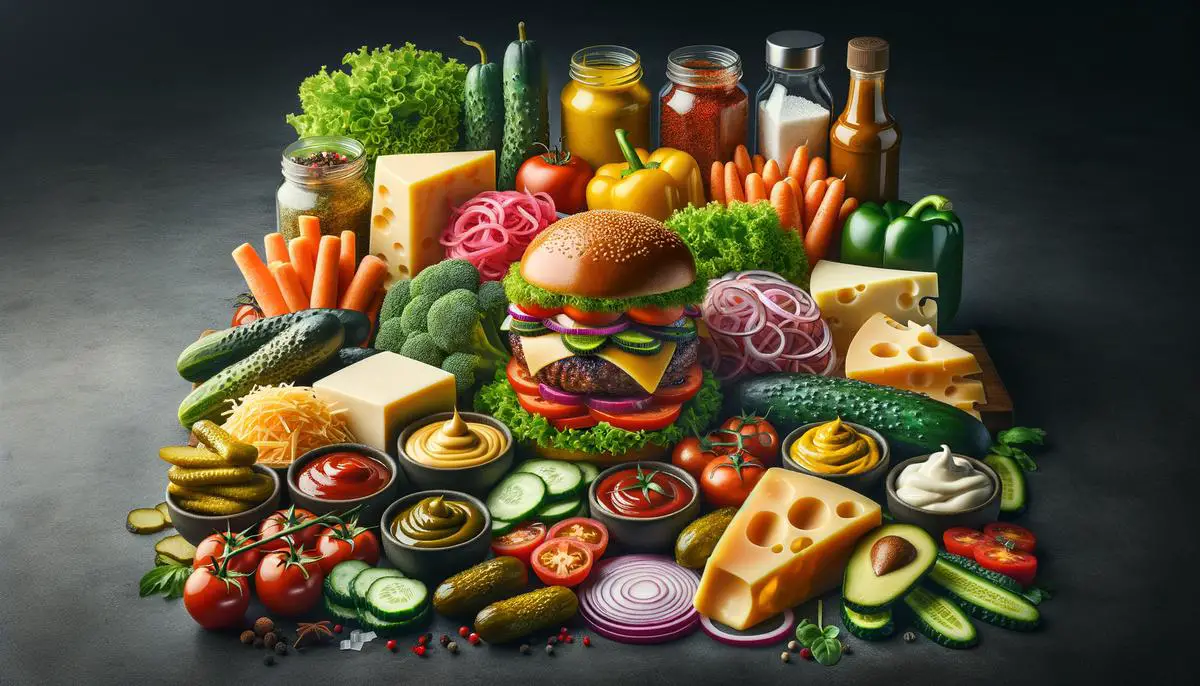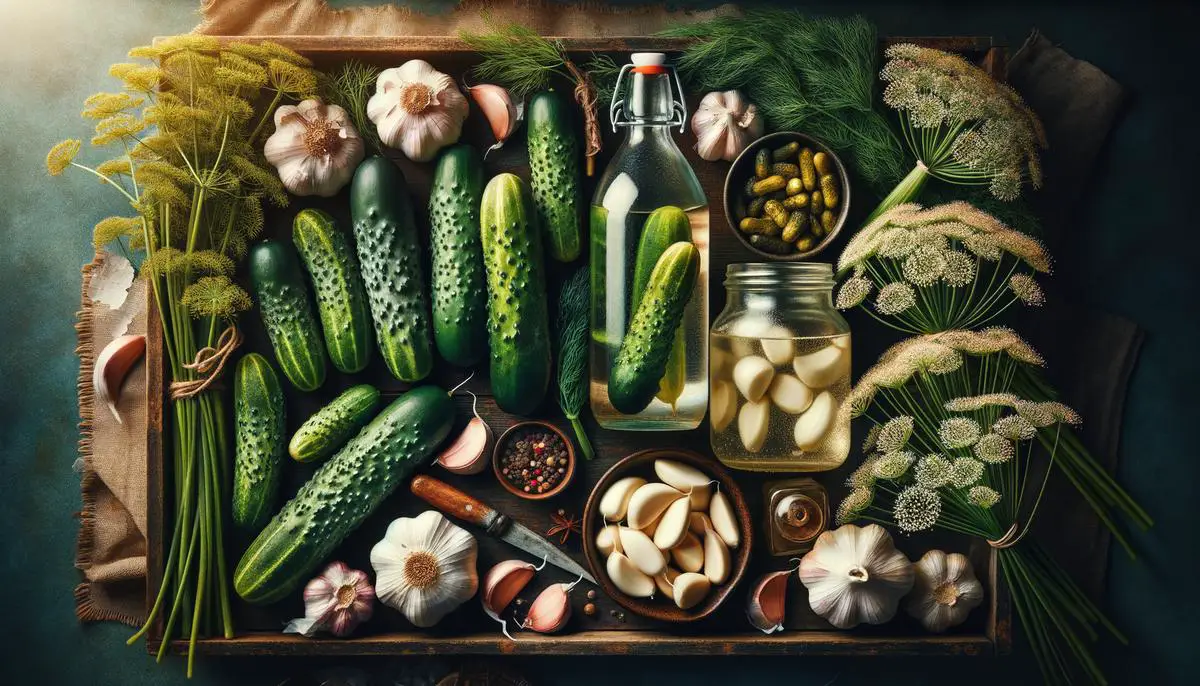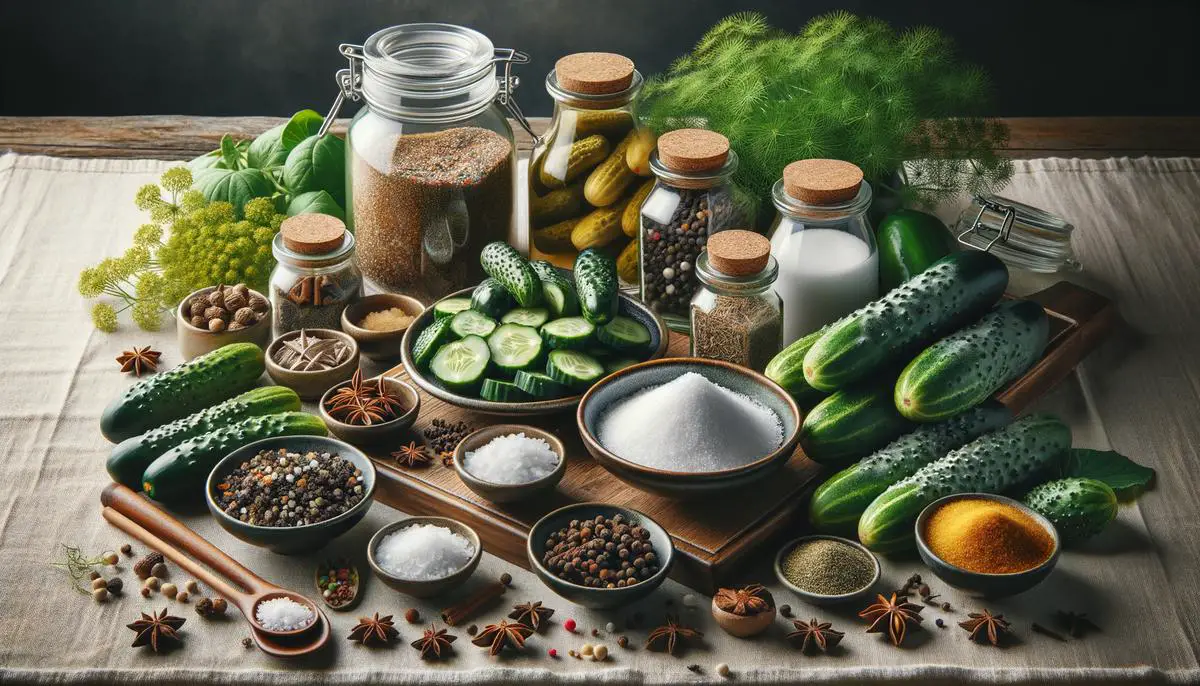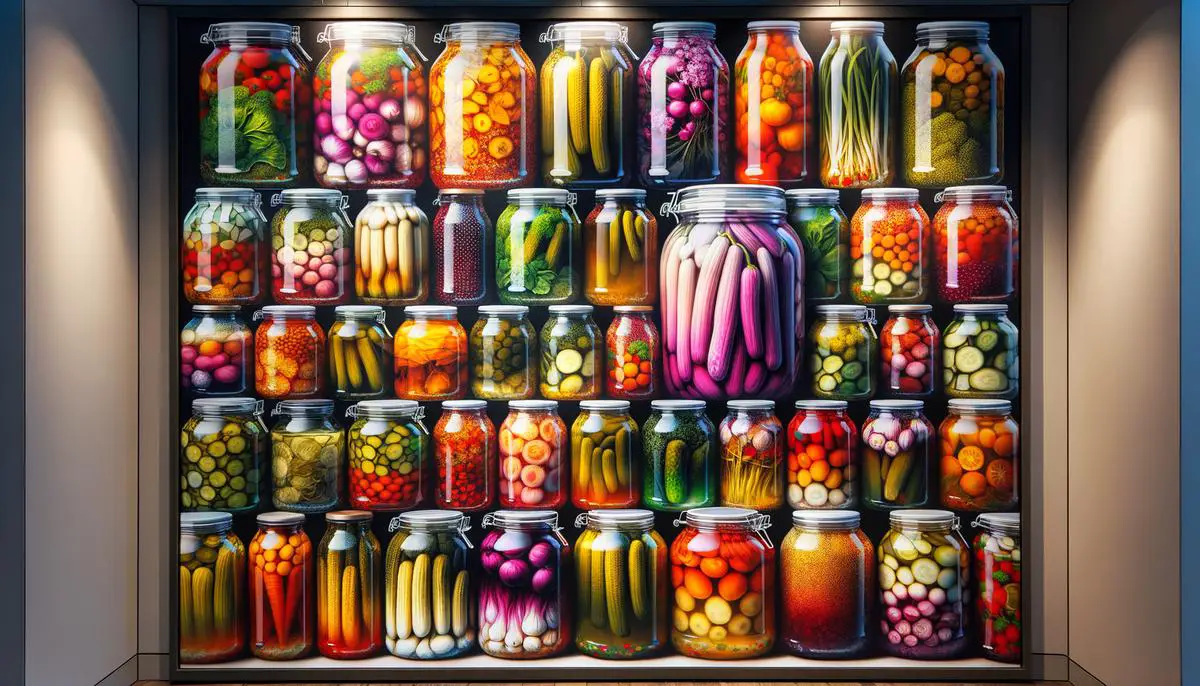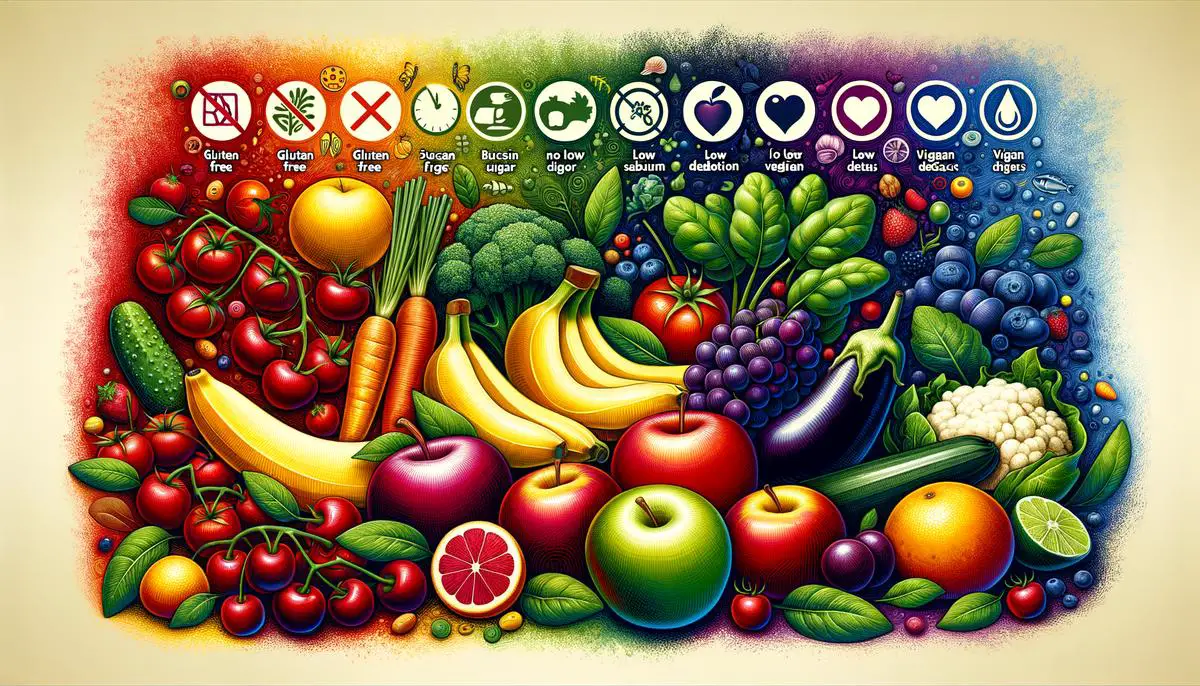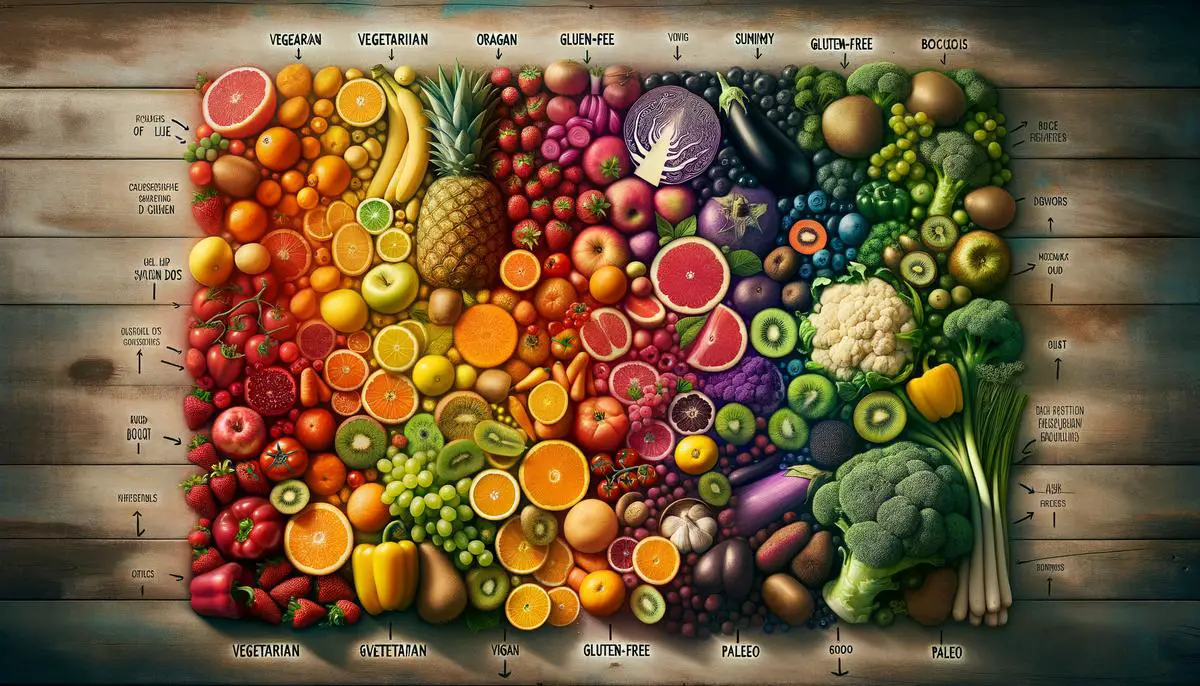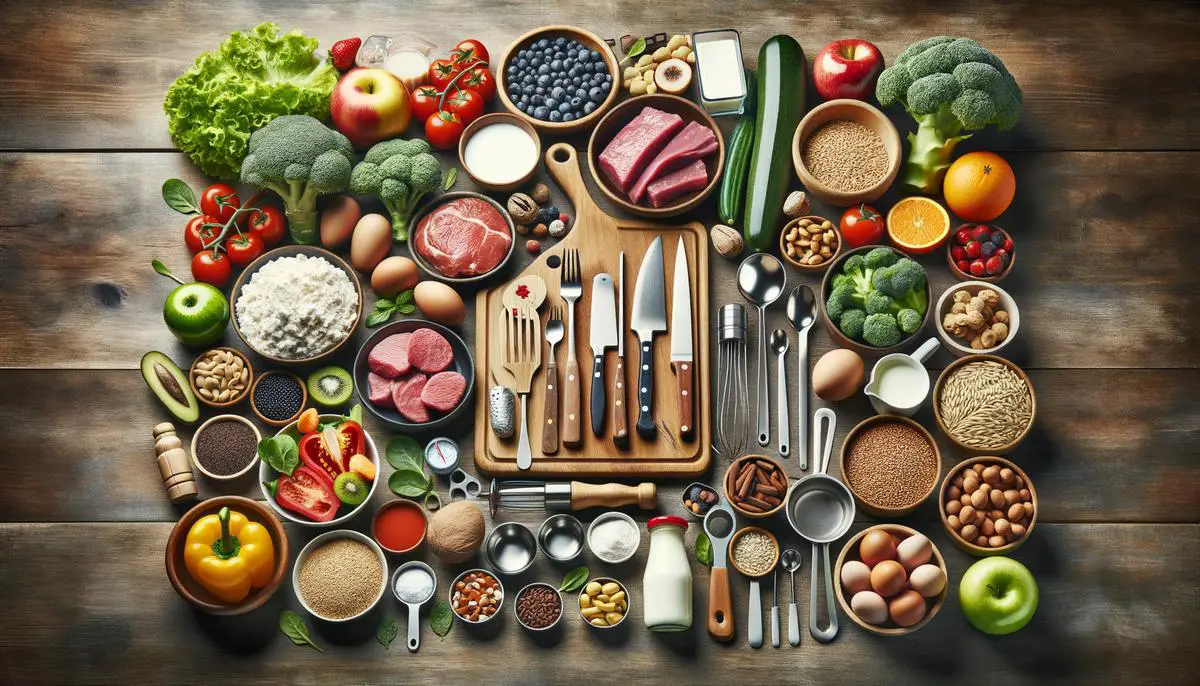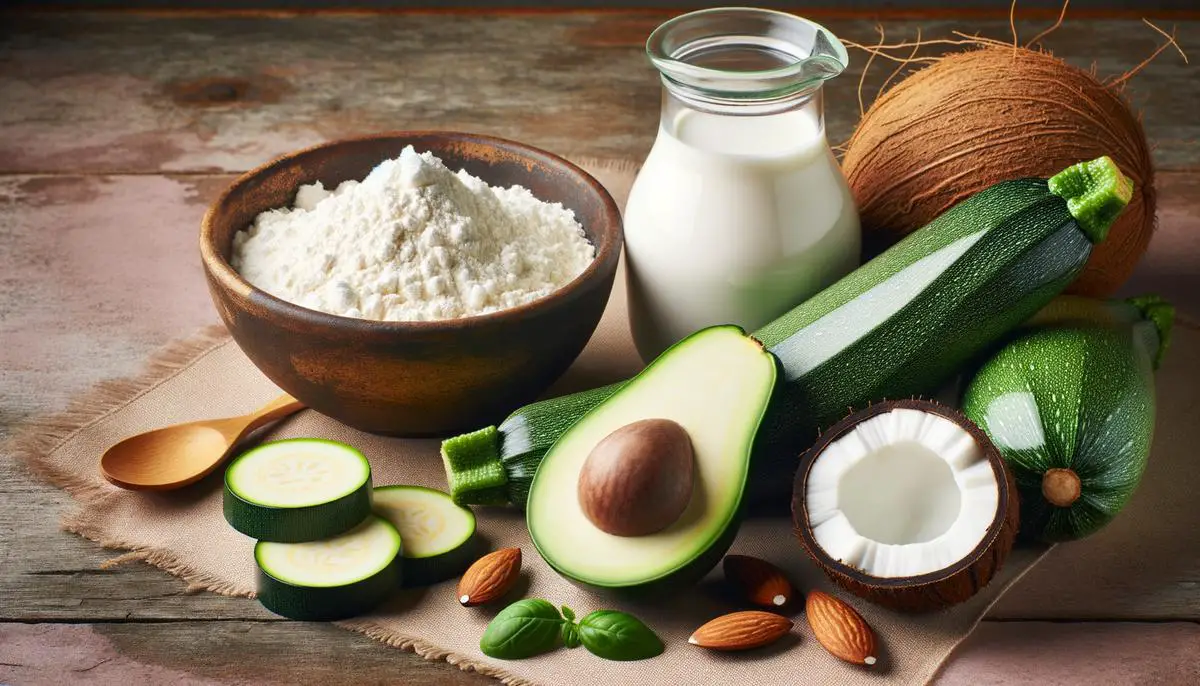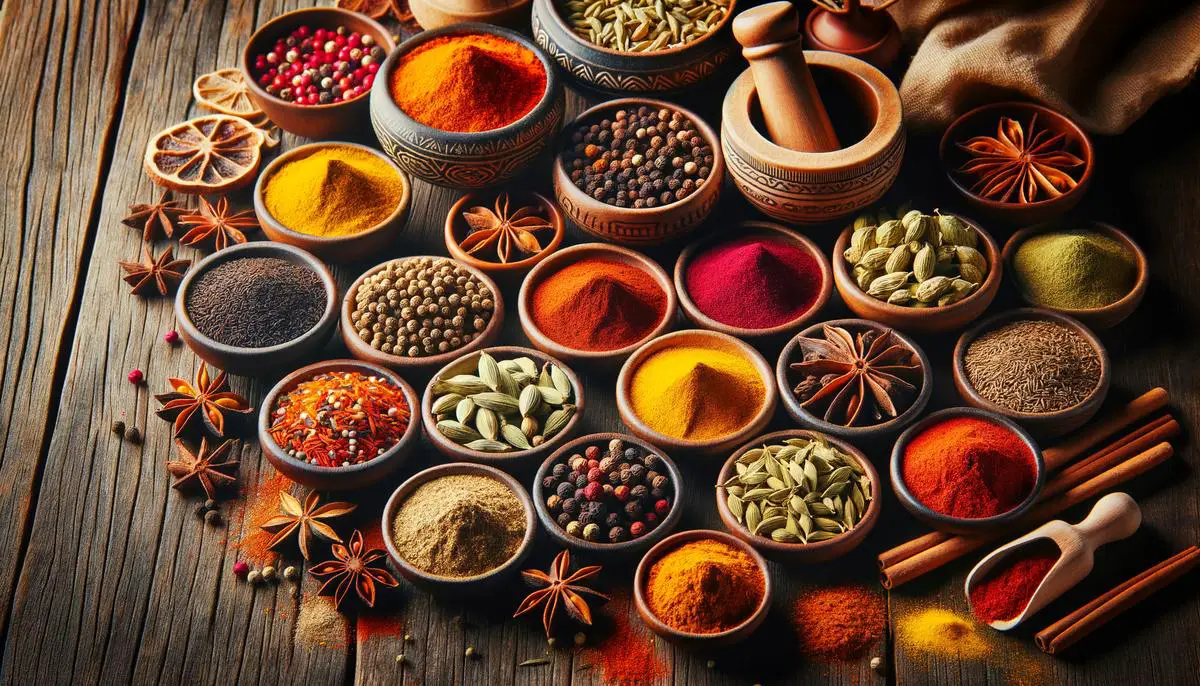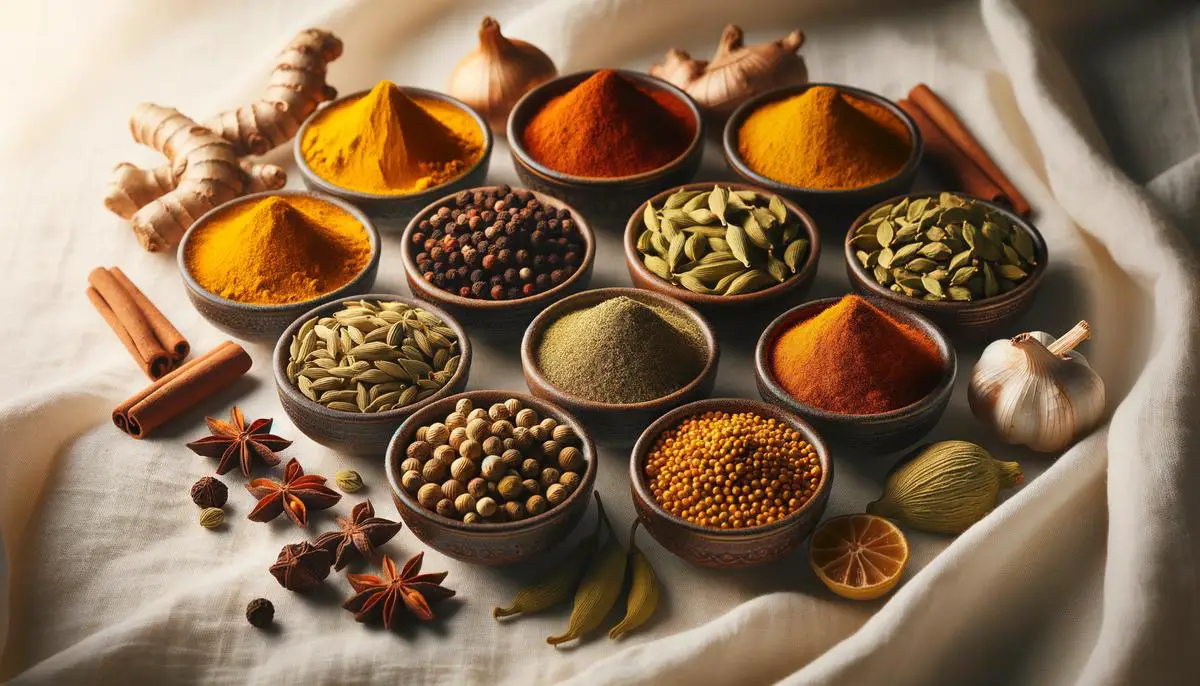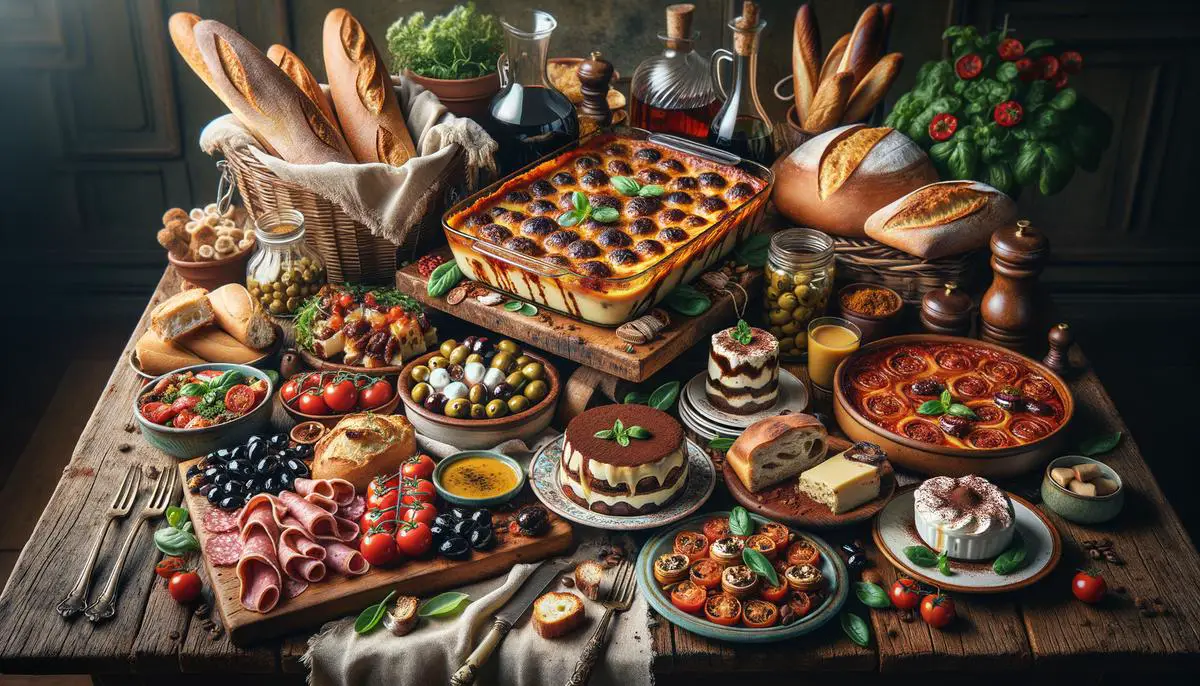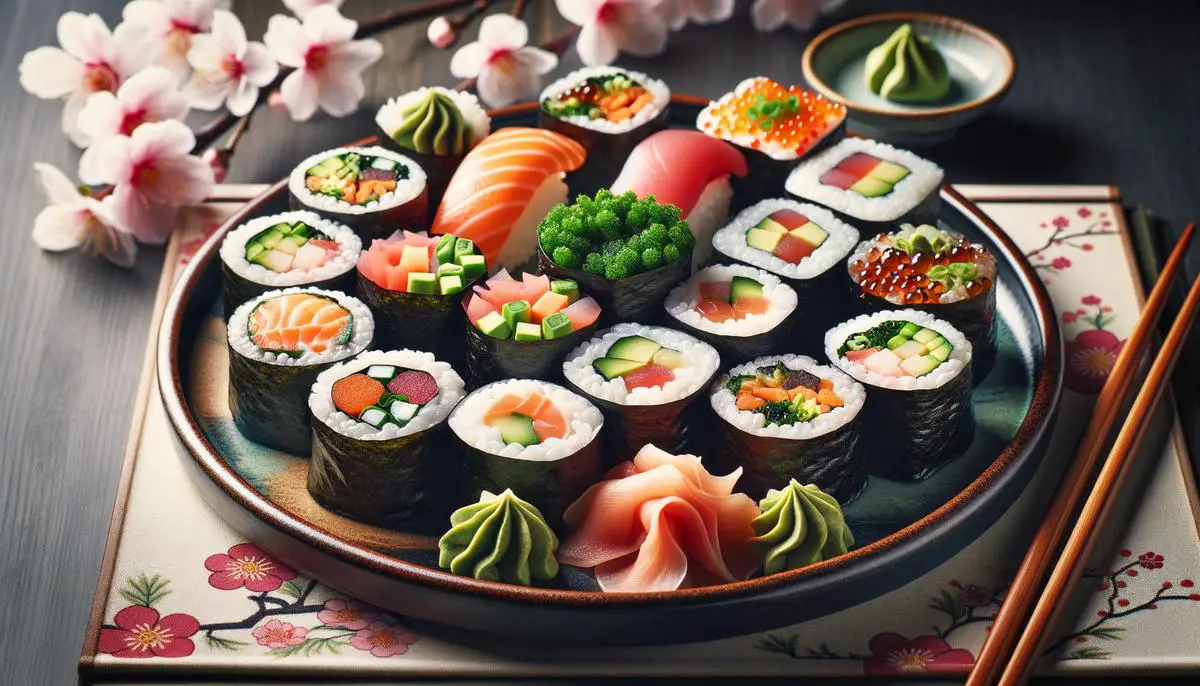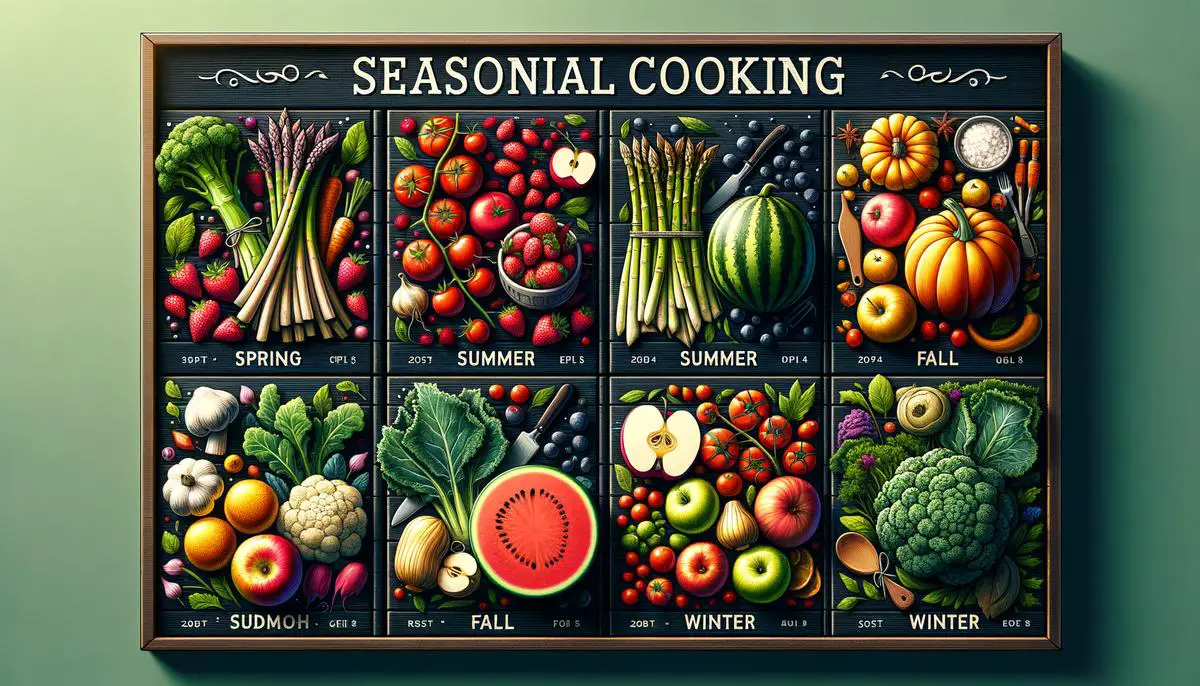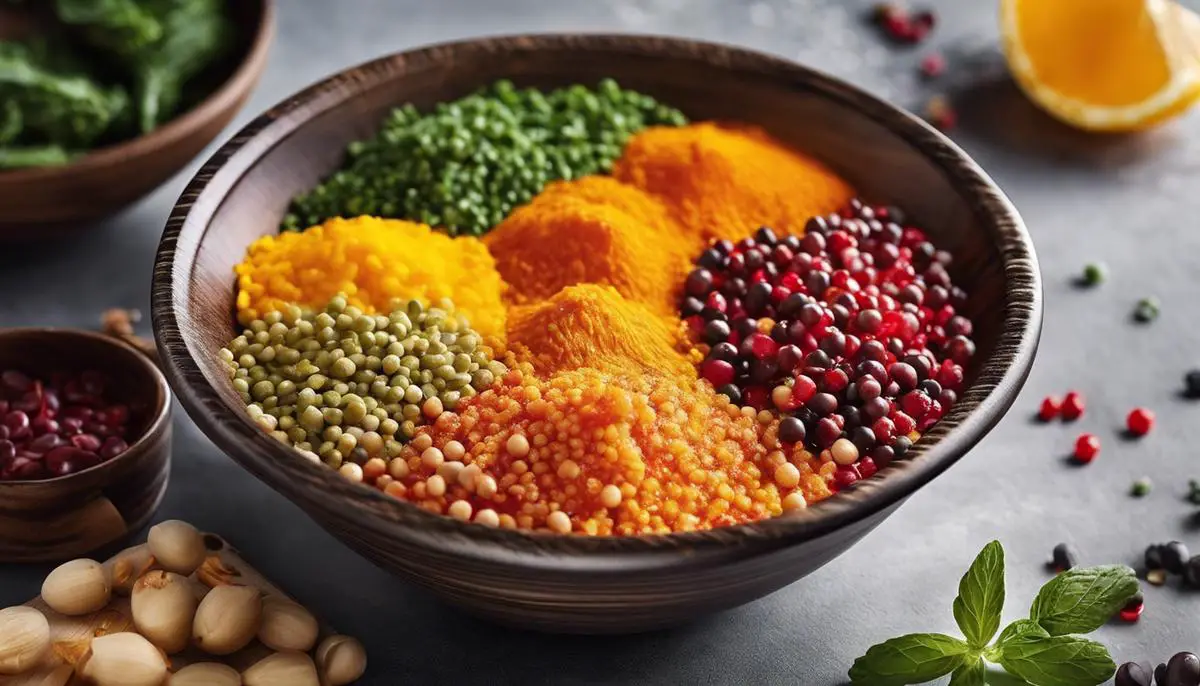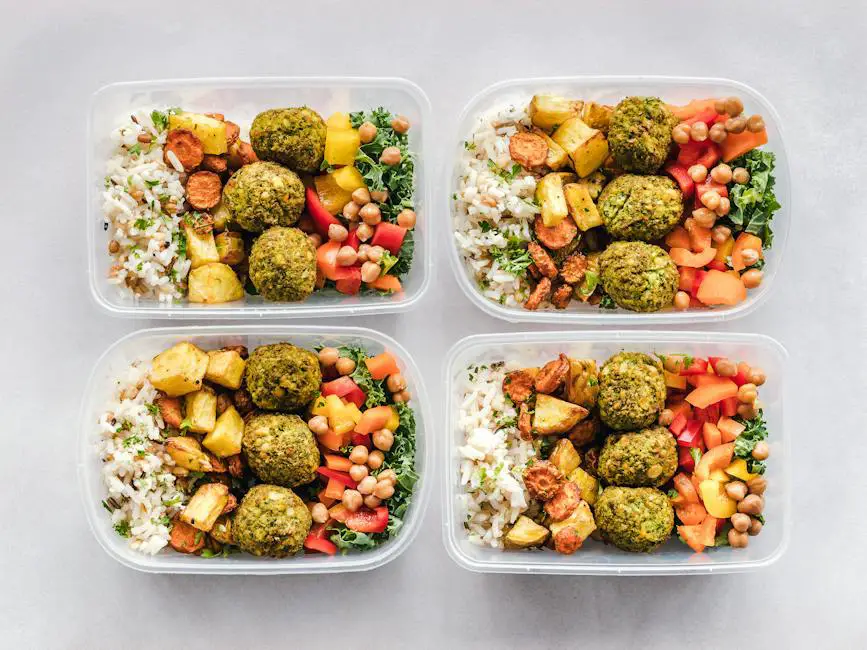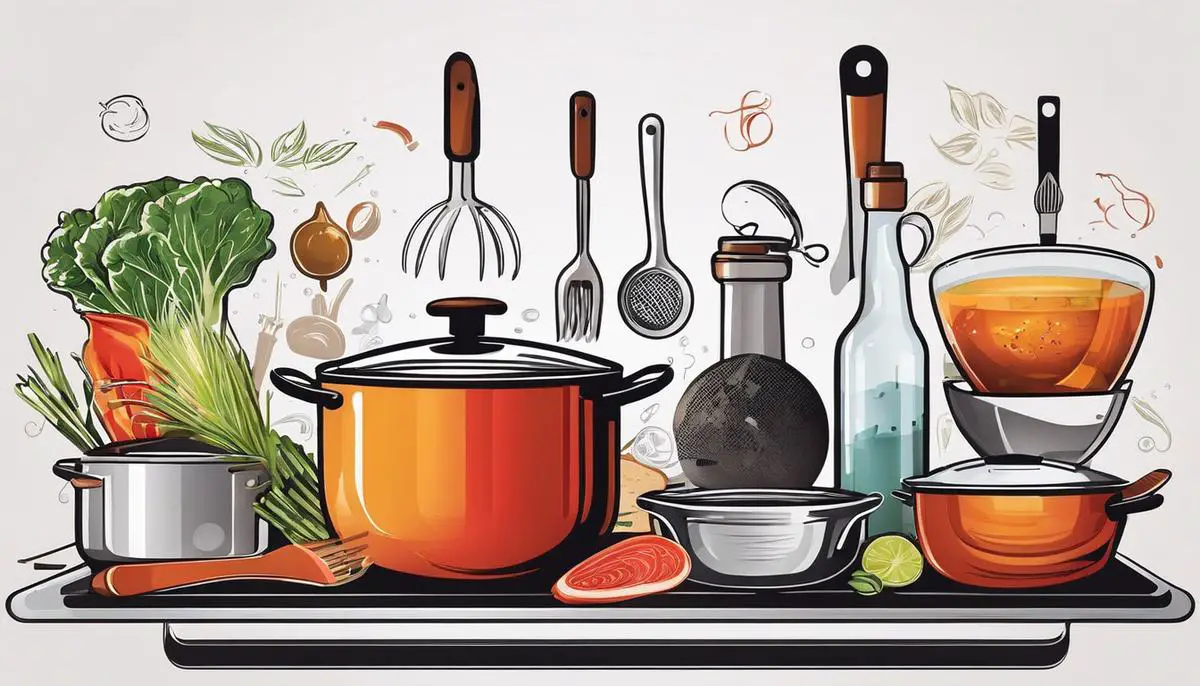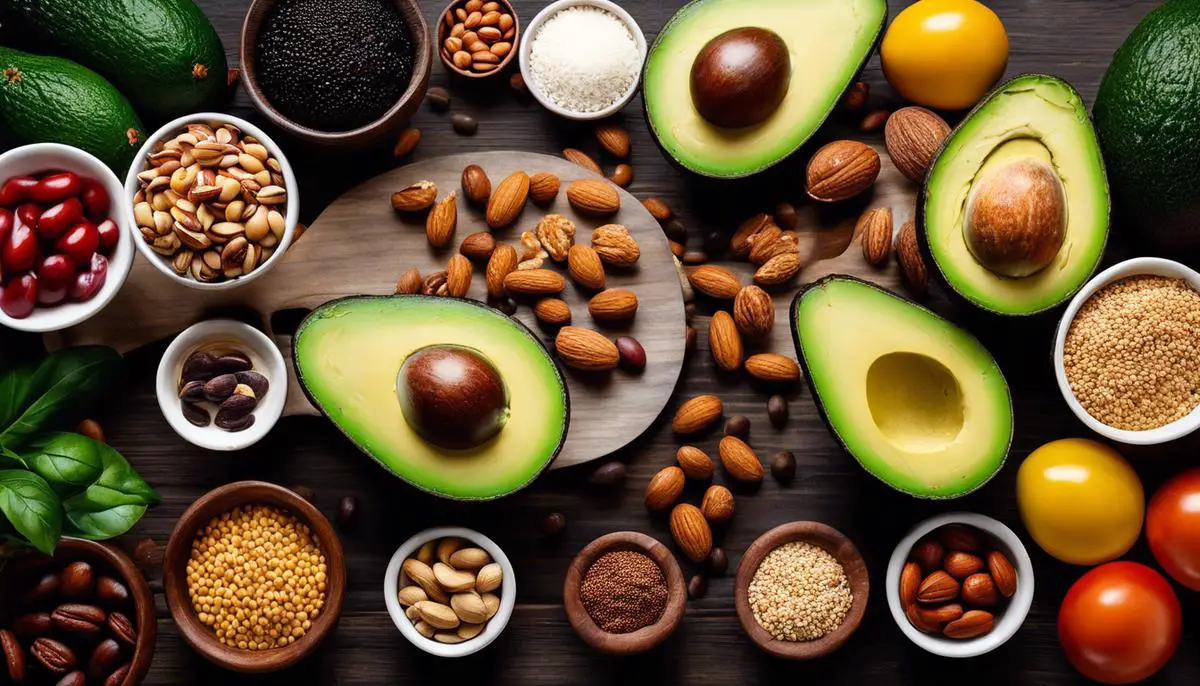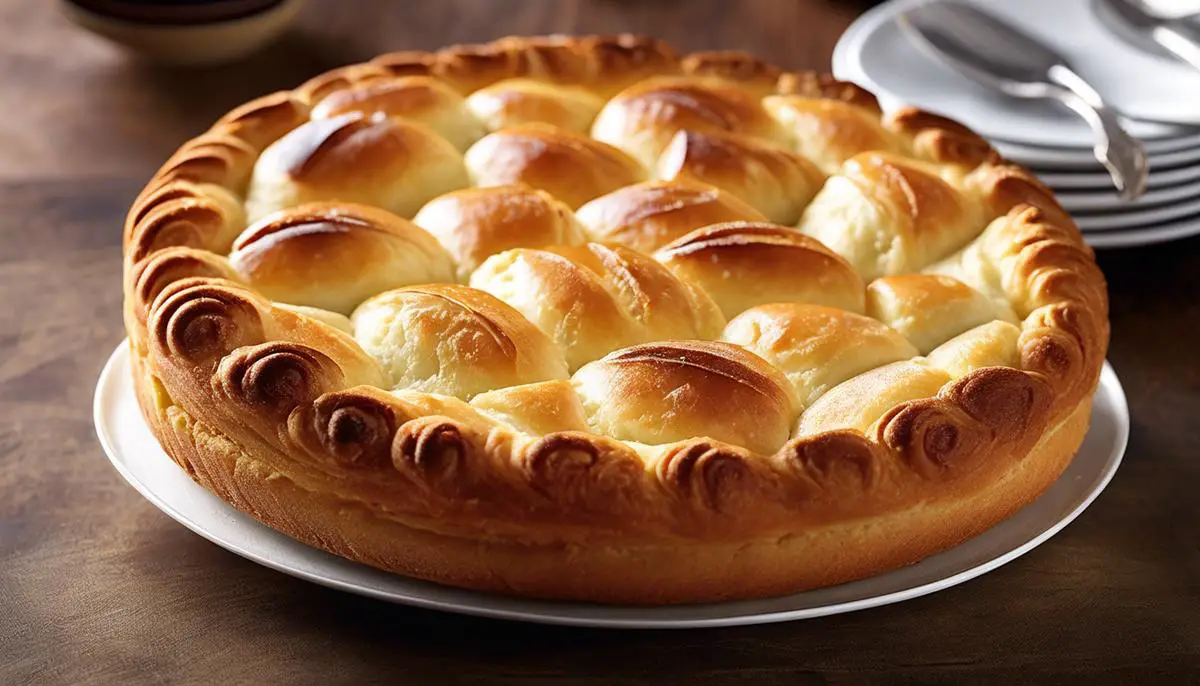Tofu Recipes
Imagine holding a chameleon in your kitchen, not the color-changing reptile but something equally adaptable: tofu. This humble bean curd jumps from smooth to firm with ease, a real game-changer for any cook. Picture yourself sculpting with a block of firm tofu, each slice a blank canvas waiting for spices and flavors.
Dive into a bowl of velvety tofu soup, where tofu swims like clouds in a robust, steaming broth infused with garlic and ginger. Each spoonful warms the soul, whispers tantalizing your taste buds, daring them to crave more.
Next, imagine sizzling tofu stir-fry, mixed with colorful vegetables that crackle and pop; a symphony in your skillet. The tofu soaks up every note of sauce–sweet, salty, and spicy flavors colliding in a delightful dance.
Transform tofu into a crispy treat. Pan-fried to golden perfection, every crunch bursts with flavors from a secret spice blend, dipped into a tangy lime-infused soy sauce–
Oh, this isn’t just food; it’s poetry in every bite.
Don’t forget scrambled tofu with a dash of turmeric and a pinch of cayenne that plays with the ordinary, releasing bursts of color and heat, creating breakfast scrambles that might just make eggs blush.
And for those lazy evenings, bake a block of marinated tofu to savor simplicity. The oven’s warmth unlocks its hidden lushness; dark edges whispering crisp tidbits of temptation that pair well with a simple salad or a spicy pasta.
In each dish, tofu does a remarkable dance with herbs, spices, and creativity, proving itself endlessly changeable—a magician of textures and tastes. Enjoy crafting your tofu magic show, one dish at a time; watch the ordinary transform into extraordinary.
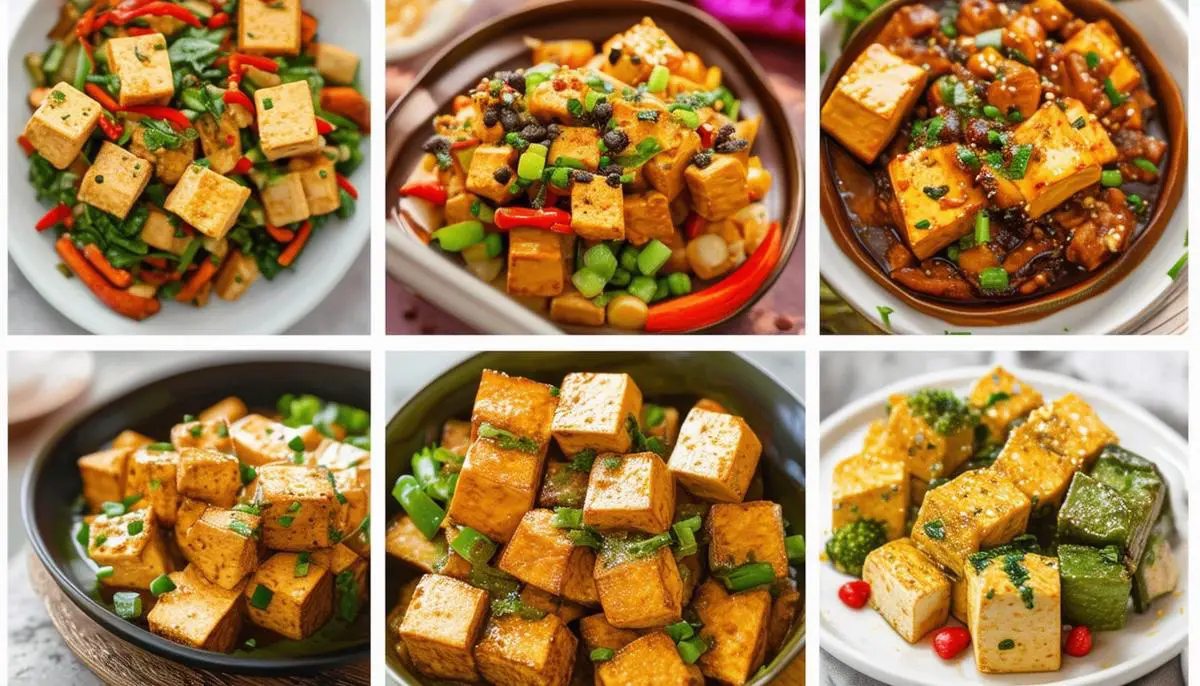
Tucked away in dimly lit street markets of Asia, amidst the bustling noise of shouting vendors and clattering pans, the story of tofu begins. It’s plain at first, the soft cubes sitting in water-filled buckets, as ancient as the streets around them. Here, in the place of tofu’s birth, generations have perfected its craft deep in the culinary heart of China, silken textures whispering through centuries.
Each block carries an echo of tradition, a soft melody lingering from days when tofu was a luxury, made by monks deep within temple walls. These sacred halls where whispers matched the peace of dawn saw the magic of turning soybeans into nourishing food that supported their thoughtful lives. Scooped gently into baskets, the journey from temple tables to peasant bowls began, spreading tofu’s tale across Asia.
Market scenes filled with jostling crowds reveal merchants who proclaim the goodness of tofu. They tell stories from history with each serving they sell, sharing not just food but pieces of culture.
Through such market paths, tofu reached the port cities, boarded ships, and sailed—westwards.
Across oceans, beneath spices and silks, tofu emerged into the flickering sunlight of curious Western kitchens. There, it found new stories amidst culinary doubt, slowly unfolding its many uses like a skilled storyteller at a foreign court. At first quiet and shy, tofu watched as new hands chopped, stirred, and changed it from a strange ingredient into supermarket staples.
In modern kitchens shining with newness, tofu rises above its simple start to become a symbol of creativity. Hardworking chefs experiment endlessly, filling every dish with memories—a culinary rebirth renewing tofu’s identity. As knives chop and grills sizzle, each plate served becomes a tribute to this traveler from the East—a testament to its change and cherished place in fusion cooking.
Sweeping from simple stir-frys to fancy meals that lifted vegan and vegetarian cooking high in Western kitchens, tofu took its place not as a foreigner but as a bridge. A bridge crossing continents and cultures, bringing stories as nourishing as the protein-rich cubes dancing in thousands of dishes—the quiet legacy continues whispering in dining rooms across the globe, joining tastes and traditions in a timeless feast.

As our story unfolds further and our transformative hero, tofu, makes its mark on another scene, step into a busy kitchen where doubt and tradition breathe in the aromatic steam of cultural foods. Here, among trusted recipes and beloved flavors, tofu began its most important test—a trial of taste amid raised eyebrows and doubtful whispers.
Beneath the clang of pots and hiss of simmering spices, there was an almost tasteable irony. Chefs and food lovers gathered around, their eyes reflecting a mirroring of disbelief—that this plain, simple block of bean curd should dare stand alongside established cooking legends. The whisper grew; some laughed at its boldness, others dismissing its potential, shaking their heads over this ‘new fad.’
A battle was brewing at the heart of the cooking world—a clash between new ideas and tradition.
Within this group of doubters, a brave chef, experienced yet open to culinary adventures, decided to take action. Eager to break the iron grip of cooking habits, the chef snuck tofu into a secret recipe meant for a high-stakes cooking contest. Cleverly hidden within layers of exotic spices and fragrant ingredients, tofu mainly flew under the radar—unseen yet central to the flavor mix that was to come.
As the contest neared, whispers questioned what amazing creation might arise from such an experiment.
When the time came, the mystery dish was revealed and tasted by many mouths, expert judges and traditional food lovers alike—all ready to give their honest opinions.
The taste was nothing short of amazing—a captivating essence bustling with subtle notes in every bite; the tofu absorbed and echoed the strong flavors so skillfully that even the sharpest tongues sat confused, charmed by deliciousness. Layers of meaning revealed themselves as they savored each blend through which tofu quietly proved its worth.
Praise followed like an unexpected rainstorm. Each compliment served not merely as recognition but almost as an awkward taking-back of earlier doubt. The irony reached its peak: the once disliked tofu had secretly proven its critics wrong, winning not only a prize for the daring chef but also a new respect amongst former skeptics.
Echoes of surprise spread well beyond the humming kitchen battlegrounds. The recipe’s success story raced through food circles like wildfire—a delicious example stuffed with past hesitation and a fresh culinary welcome. Perhaps it wasn’t as strange as once thought but rather a vehicle for amazing creativity that knew no cultural limits or flavor boundaries.
Thus in these story twists and turns, where doubt became admiration, tofu marched forward—no longer seen as bizarre but embraced as another step in the cuisine mosaic that kindness shapes from tradition and change both.
Amidst the heat of clanging pans and fiery gazes, the final cooking showdown found its heartbeat within the steely arena of professional kitchens. Tension filled the air — thick, touchable — as whispered plans gave way to the clatter of culinary warfare. The battle area swarmed with steaming stations, where sizzling woks and whispering ovens stood as loyal guards in an intense invasion of flavors.
Chefs, their knives gleaming like drawn swords, approached their spots with the plans of seasoned generals. Each movement was careful, precise, etching a delicious artistry into the canvas of cookery. The scent of excitement mingled with the smells of exotic spices, as if the bits of tofu awaited their fate in eager silence.
Under this important gaze, our tofu — now a clever hero cloaked in subtlety — lay hidden beneath splashes of bright sauces and alongside smart mixes of herbs and vegetables.
Unknown to the culinary crowd and critical watchers sprawled across velvet seats, it prepared for a quiet victory. The secret ingredient sung silently amid a chorus of traditional stars, a patient plan unfolding.
As the clocks ticked down, each chef wielded their tools; a dance that blurred the lines between fighter and artist. Sparks flew off the hot plates like tiny dancing sprites in a twilight game. This was no mere contest — it resembled an old world attack laid down by food rebels, determined to smash old ideas with each delicious assault.
At last, the final seconds spiraled down into a pin-drop quiet: the moment of truth awaited. Critics perched at the edges of their thrones, forkfuls of mystery headed for judging tongues painted with expectations. The tofu, cleverly disguised yet undenied in its role, was about to unfurl its big moment.
A shared journey – taken on hesitant tongues – became the tasting ground. As the complex flavors unfolded, layers revealing themselves one by one with every careful chew, what followed was not written on any recipe card.
Faces changed from doubtful brows raised in surprise to nods of unexpected approval; the surprising nature of this versatile element shook the rigid battleground. A culinary bomb exploded across taste buds trained for sameness and yet delighted by newness. Across hardened faces, smiles broke like dawn slicing through a stubborn night.
Victory was breathed in with each savory, competing bite. The chefs, their aprons stained with battle marks, relaxed their shoulders against the sweetness of success. Our unsung hero of the plate, tofu, had marched secretly into their graces, an adventurer claiming lands once thought forbidden.
The clapping that followed echoed through the metal fortress like a winning horn. The contest had not just been won; it had been redefined. Through a swipe of sauce, a dance twirl of tofu disguised, theme boundaries were crossed and cooking horizons broadened.
In this musical riot of acceptance, tofu rose from underrated backup to main story hero in tale-telling recipes—a savory symphony written not by smell alone but by those willing to taste beyond sight. As stories unfolded over shared plates that evening, a soft agreement was tenderly baked: the energy from this kitchen showdown would simmer long after its last flames were put out.
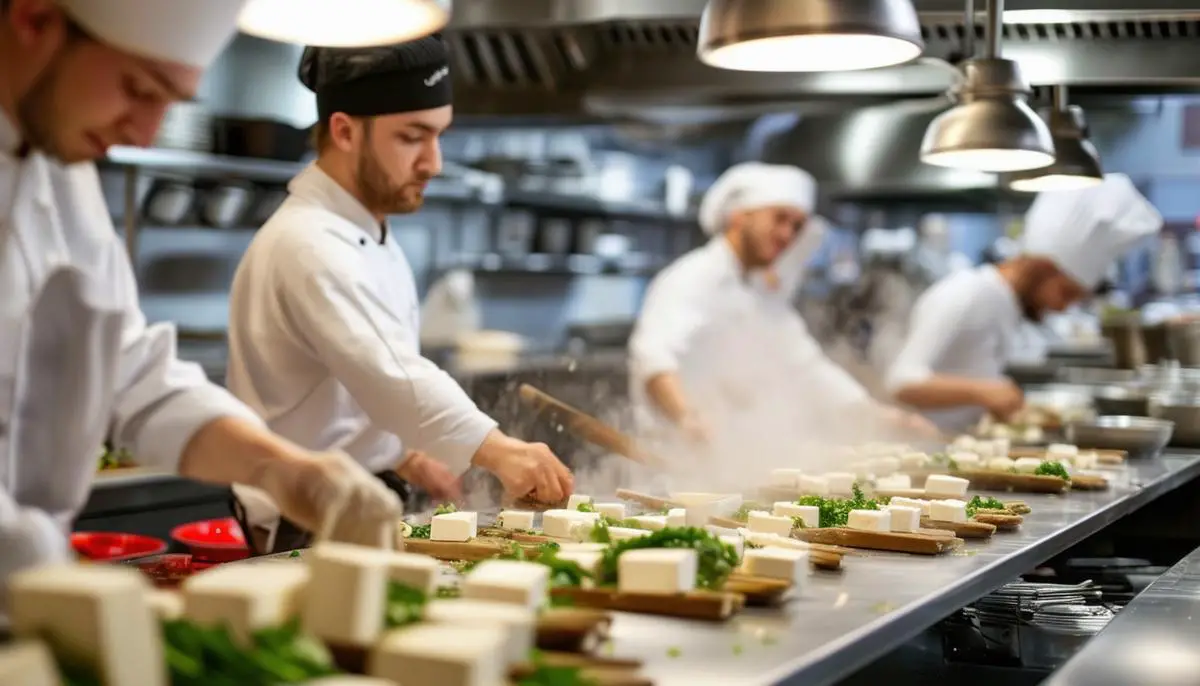
As the echoes of the grand cooking showdown faded, a hushed reverence settled over the audience. Once embers of skepticism, now spectators melded into a softened tableau of awe and admiration. They had arrived armed with expectations, some tinged by doubt, only to depart with palates educated and spirits swayed by the unassuming heroism of tofu.
The gallery, illuminated by the warm glow of inspired sentiments, watched as chefs and culinary artists mingled, their expressiveness painted in richer hues post-victory. The air was filled with a newfound appreciation—a mosaic tuned not just to the historic journey of tofu but also to its vibrant encore on today’s culinary stage.
The dish itself spoke volumes through the satisfied silence that followed each tasting. It stood in the spotlight, its humble origins masked beneath swirls of ingenious seasoning and plating—a visual metaphor for resilience and innovation. Amidst a culinary tradition often dominated by esteemed staples, the innovative tofu element emerged as an unspoken challenger, gracefully bridging the familiar and the novel.
Audience members shared glances that exchanged unvoiced revelations, while culinary critics scribbled fervently, revising initially prepared notes. Whispers circulated, sketching stories that would birth articles and dinner conversations heralding tofu's delicacy.
In that culminating aftermath, as discussions twined around themes of breaking conventional norms and celebrating gastronomic diversity, tofu’s tale was embroidered with intrigue and acceptance. This quiet protagonist of dinner plates was now exalted as a symbol of adaptability against adversity, crafting an exploration of flavor trails and texture marvels. It transcended simple taste; it conveyed a narrative of survival, identity remodeling, and a ballet of blending old with the new—urging the audience to potentially incorporate such spices of change into their everyday lives.
The dinner led into close-knit discussions, the room a burgeoning field for the seeds of culinary renaissance planted this historic evening. Guests departed not only satisfied by food but invigorated by a chronicle of transformation embodied by a dish elegant in simplicity and profound in import.
The delicate conversation, laughter, and clinking of glasses as the event dwindled created a serenade to innovation, echoing long into the moonlit night. The narrative woven around this tofu chef-d’oeuvre would ripple forth, nurturing future kitchens and taste-seekers alike—a celebration toasted in resilient whispers through kitchens and generations hence.
Here, beneath the din of acceptance and celebrated disruption, cultural barriers wove into possibilities; an extraordinary testament to flavor, tenacity and the integrative power of common majesty at every table.
As the last echoes of applause diminish and the culinary confetti settles on the plates of a raptured audience, there remains an intimate corner of stillness. Here, our valiant protagonist, nestled amid praise and elevated to an emblem of culinary finesse, sanctifies a rare moment of self-reflection.
Tofu, its journey emblematic of adaptation and resilience, serves as no mere metaphor for our chef-hero whose pathway mirrored the ascent of once obscure to indelibly celebrated. Alone yet accompanied by the murmur of a satisfied crowd, the protagonist’s thoughts drift, meandering through the maze of past hesitation and contemporary acclaim.
"Was this acceptance an accidental guest, or did it always deserve a seat at the table?" the protagonist muses, a thought whispered almost in devotion to the fervent lessons taught by tofu's journey.
Within the pulsing lifeblood of this soliloquy lies an allegory as rich and profound as the flavors that battled on the competition’s battlefield. Like tofu, our protagonist was unnoticed in initial encounters, doubted by the palates of traditional conformity, yet imbued intrinsically with the potential to harmonize heritage with innovation. Through heat and pressure, beneath spice and sauce, both had emerged not changed but revealed; their essence tested and affirmed.
In this reflection, there’s a burgeoning realization akin to seeing sunrise edge out the night. It bespeaks a shared story, binding tofu and creator alike. The chef understands now, more than ever, that their fates wove together through strands not of destiny, but of daring — a mutual journey beyond the edge of culinary maps where dragons of doubt roared.
The takeaway transcends the tale of mere victory in cookery; it’s distilled in the sheer possibility tofu now embodies. The internal monologue ruminates on misjudgments — now overturned, affiliations — now honored, about how the once derided could dance in delightful unexpected harmony with revered delights.
One can liken this journey to sails catching winds following hesitant calms. The trepidation that once clung like mist parts, revealing horizons promising yet uncharted. Engagement with the once unfamiliar has ushered a courageous cuisine dance, inviting audiences to indulge beyond their imaginings, rewarding daring with undreamed delight.
These meditative currents anchor deeply within the protagonist’s psyche. A transformation akin to culinary alchemy not just within bowls and across cutting boards but within, stirring essences formerly dormant yet now vibrantly awake. The closed chapter of a cooking showdown seamlessly weaves into open dialogues about tradition’s intersection with invention; a testament tofu has long carried across vast culinary seas.
Thus under these cresting waves of universal applause, the protagonist, nested beside their tofu companion, savors not just the taste of triumph but richness subtly savored. Herein, innovation celebrates heritage; change cherishes legacy, each bite furnishing reminder and homage to the world’s grandest table where every element offers endless narrative potential. The curtain descends not on an ending but on an invitation — one aglow with possibility — choreographed deftly alongside flavors that resonate timelessly.
